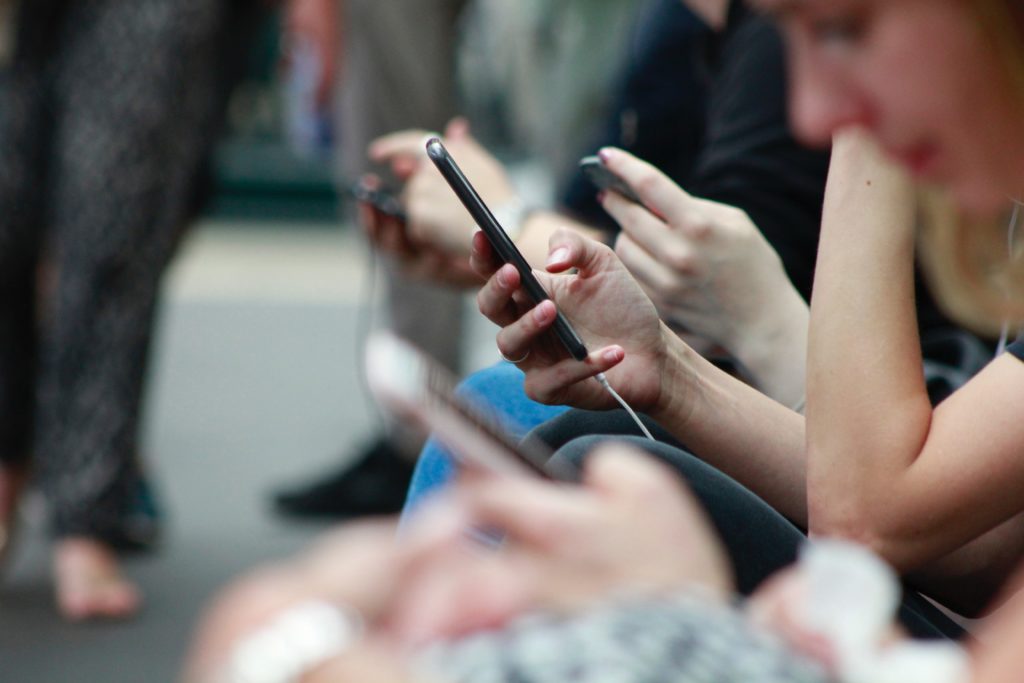 For retailers, holiday season preparations are in full swing, making now the time to look back at what happened last year and what it taught us. The top three key trends reported in the wake of Black Friday Cyber Monday (BFCM) 2017 include:
For retailers, holiday season preparations are in full swing, making now the time to look back at what happened last year and what it taught us. The top three key trends reported in the wake of Black Friday Cyber Monday (BFCM) 2017 include:
- Mobile devices accounted for 50% or more of transactions for the first time. These numbers varied depending on the source, but highlighted a statistical trend toward mobile.
- The value of transactions during the BFCM period last year amounted to $13b – almost a 15% increase year-over-year. This is a hot market for retailers nimble enough to identify and meet consumer needs quickly.
- For online retailers, there’s no longer two separate dates. BFCM is a four-day festival of shopping.
So, what are the implications of this as we all make inventory and promotion plans for 2018?
The first and perhaps the most actionable trend is the move to mobile devices by online shoppers. Retailers must have a mobile strategy that moves beyond just a responsive site. Retailers must optimize experiences for mobile shoppers using a mobile-first website or custom app. This may mean we’ll see more retailers move to Progressive Web Apps prior to BFCM. Yes, optimizing for mobile may make the PC-browser shopping experiences something of an afterthought. But, shoppers won’t be coming back to PCs, and there are now tools that minimize the development differences between the mobile and PC platforms.
To further endorse investing in mobile, remember that Google started moving to mobile-first indexing in March. So, from a pure SEO perspective, optimizing your sites for mobile users is just sensible.
The second issue that needs to be addressed is the gap between the growth in mobile shoppers and actual mobile transactions. Adobe reported that mobile devices made up 47% of online shopping visits but only 27% of purchases during the 2017 holiday shopping period.
The browser/buyer gap highlighted by Adobe indicates we still have a lot to learn about converting mobile shoppers, but there are some lessons from the desktop world that apply, just more so because of the screen-real-estate challenge. Getting your mobile search functionality right for the 2018 BFCM shopping season really matters.
With these trends in mind, how should a thoughtful practitioner prepare for Black Friday Cyber Monday 2018? SLI Systems’ Customer Success Managers spend every day looking at retail sites and have developed the following three recommendations for 2018.
- Omnichannel Retailers Should Optimize Local Search Behavior: Google reports 50% of consumers will visit a store within a day of doing a local search. The implications go beyond SEO strategy. You’ll want your search box to lead shoppers to compelling products and help them purchase either online or in store as quickly as possible. That means you want a search functionality that not only considers the shoppers’ search terms, but also their geo-location, season, and any other behavioral data available. Search results should include not only product options but store locations and local inventory availability when possible.
- Personalize Product Recommendations Based on User Device: Historical data indicates that iPhone users tend to spend an estimated 30% more than Android users per transaction. This allows merchandisers to set recommendation rules that either present higher priced (and more profitable) products OR present Android users with promotional discount options tuned to their likely purchase behavior.
- Split Your Shopper Analytics into Desktop and Mobile: Desktop/mobile aggregate analytics likely lead to merchandising decisions that serve neither audience very well. Much of the current behavioral data indicates that users (even the same users) do different things on their mobile and desktop devices. So, a mobile savvy merchandiser will evaluate the two audiences separately and look at how search terms, bounce rate, cart abandons and other key metrics affect conversion and average order value. If your current analytics tools aren’t capable of providing this degree of granularity, it’s time to look for new tools.
One final point on the trends we saw last year. Because the BFCM shopping season is no longer two discrete shopping days but a four-day window in which promotions will either succeed or fail, world-class merchandisers are placing more emphasis on monitoring shopper behavior as it happens and adapting pricing and promotions as necessary.
Without extremely robust reporting and merchandising tools, you may find yourself in a position of not “seeing” what’s happening on your store until it’s too late to respond in any meaningful way.
For more on how to be ready for BFCM, check out our e-book E-commerce Merchandising: The Ultimate Guide to the Newest Techniques.







